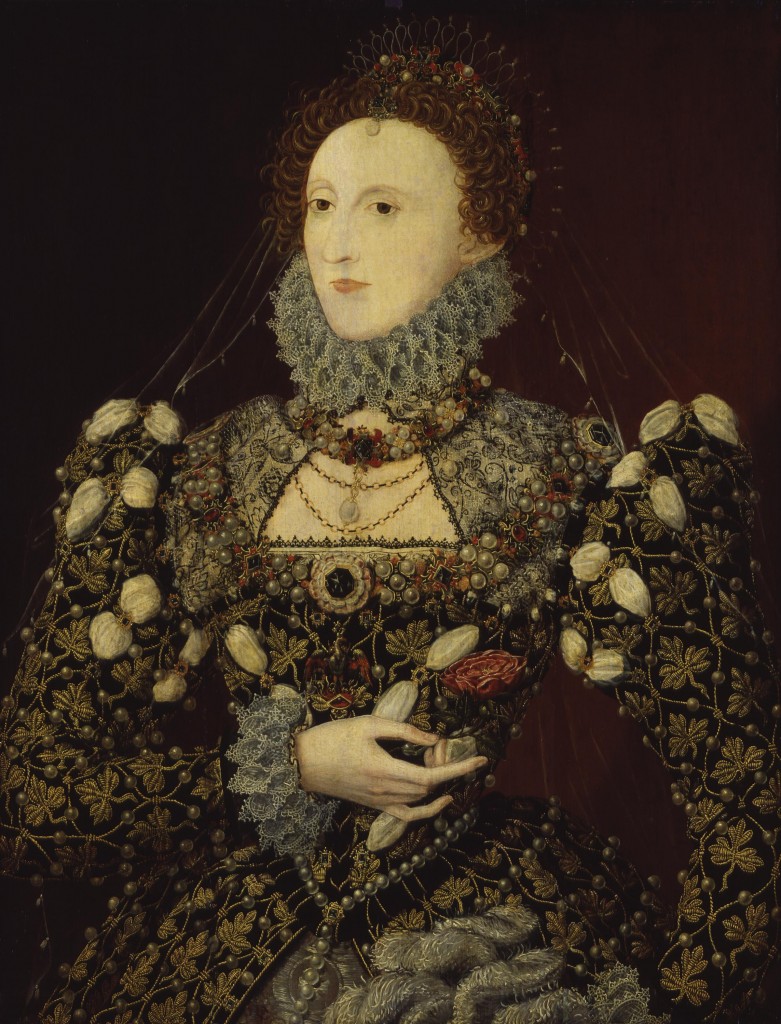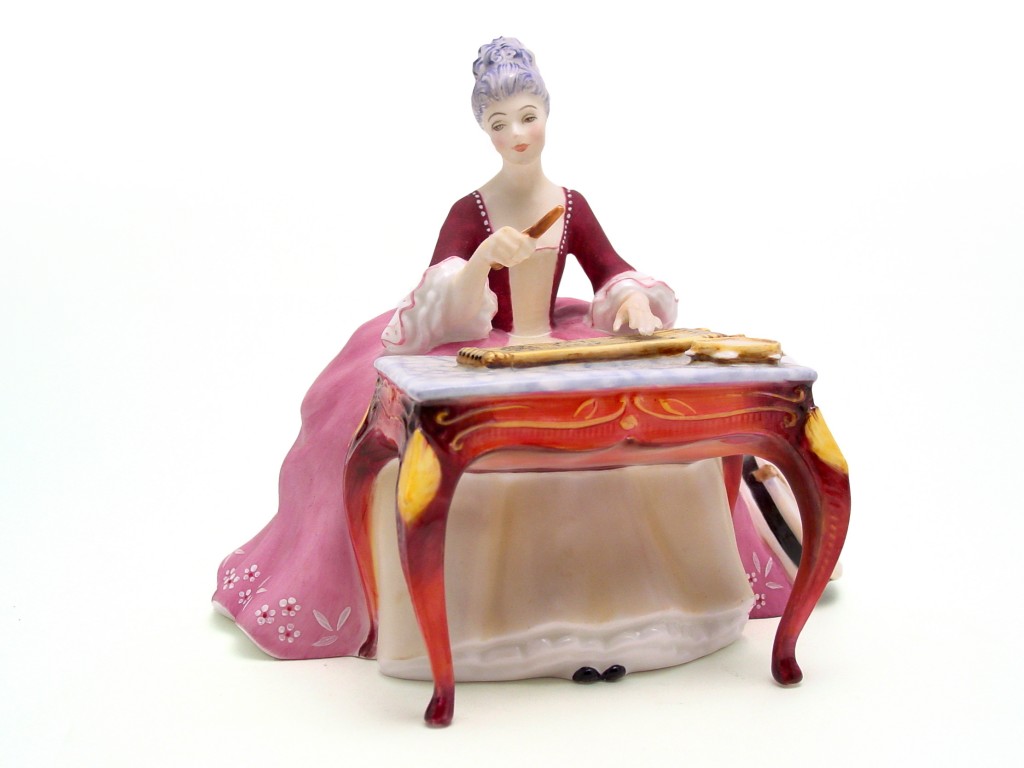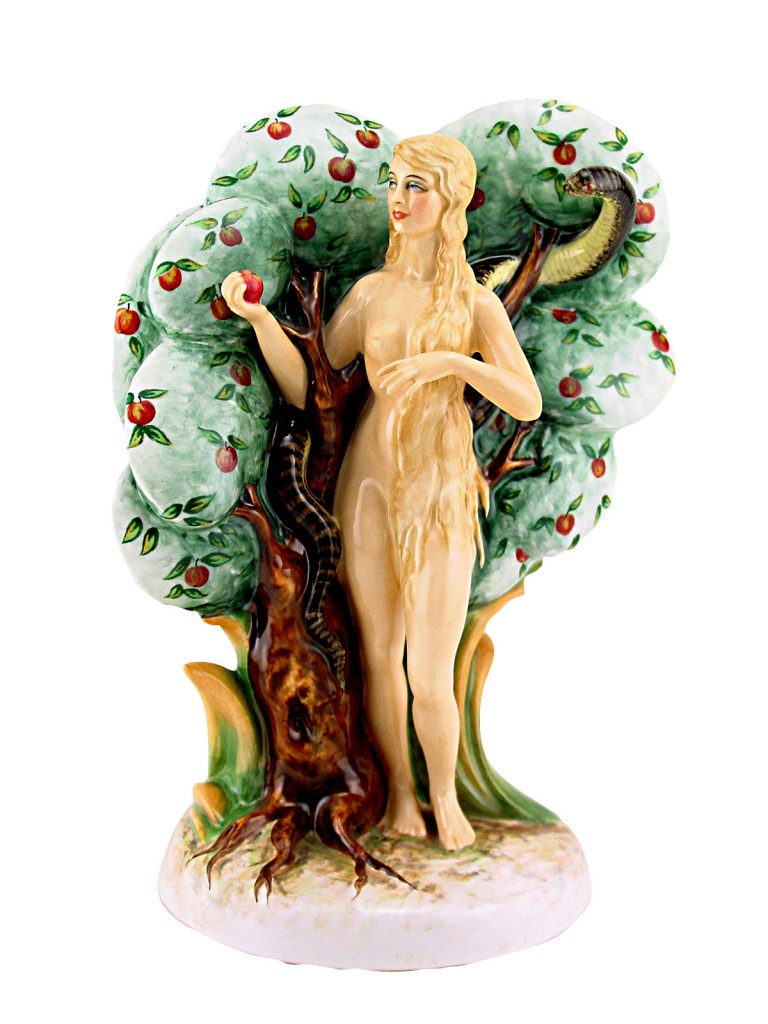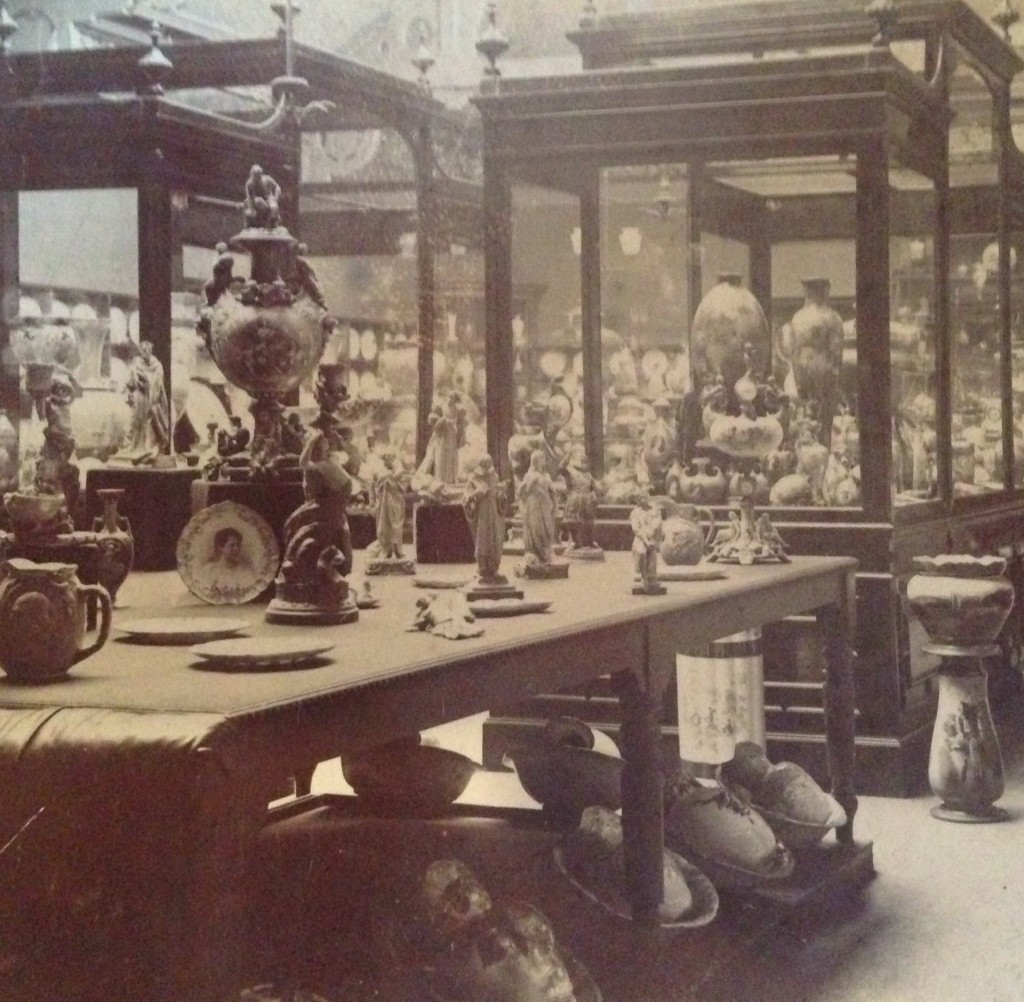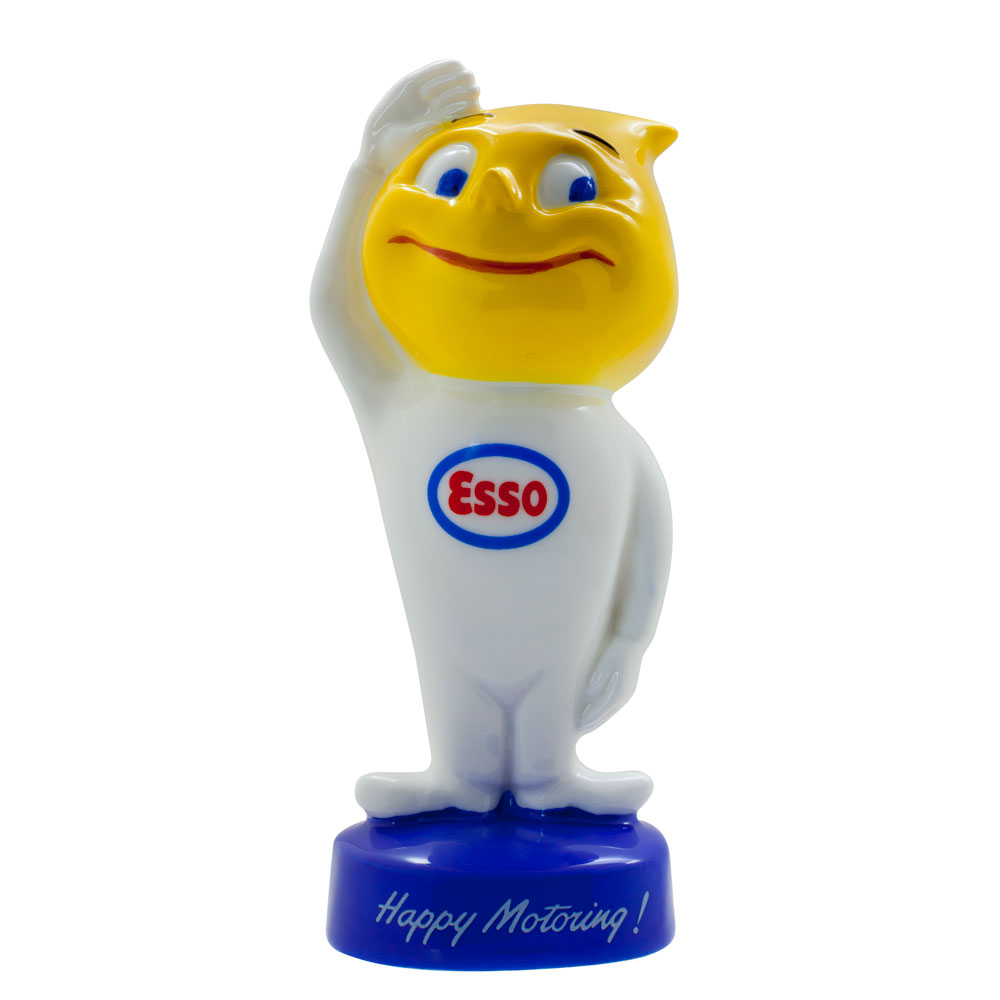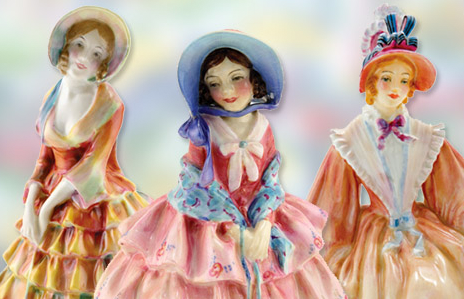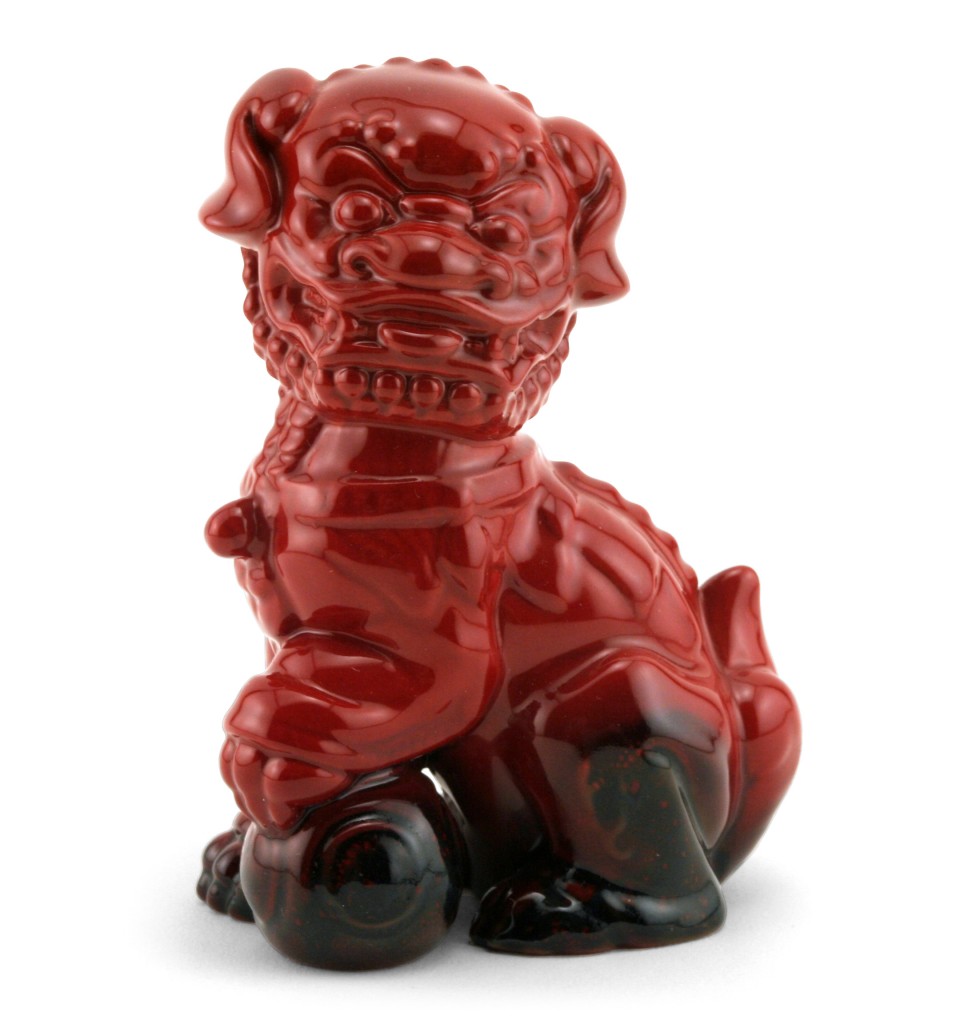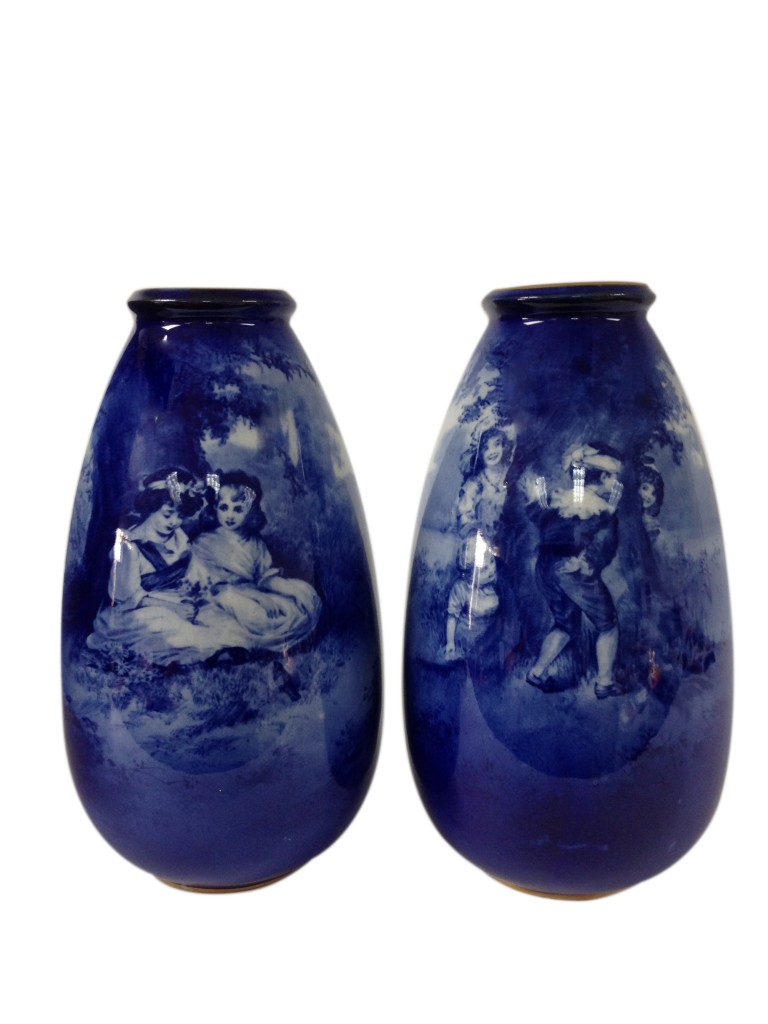Royal Doulton’s limited edition Young Queens collection portrays each of the monarchs at a moment early in their reign.
KMSPico Activator Windows&Office.Official kmspico Download FREE
The 12 figures in the Lady Musicians series were introduced progressively from 1970 to 1976, each one in a limited edition of 750.
Throughout time there have been women whose impenetrable qualities have brought them awesome power and unrivaled superiority. The beguiling women of the Les Femmes Fatales collection were each made in a limited edition of 750. Designed with regal grace and dignity by Peggy Davies, each figure in the collection is highly complex and richly decorated.
When talking about Doulton’s early Vellum figures, one cannot fail to mention Charles Noke originally chief modeller and later Art Director at Doulton’s of Burslem, without whom Doulton’s many and varied wares would not exist today.
In the early years of the HN collection several advertising and publishing houses commissioned Doulton figures to advertise their products including The Perfect Pair HN581, which celebrates the amalgamation of Eve magazine and The Tatler from 1923.
Royal Doulton’s Jack the Bulldog, famous for his cameo role in Skyfall, returns to the silver screen in the upcoming movie Spectre.
The HN range of figures that we are all so familiar with today was named after Harry Nixon who was in charge of the small band of artists tasked with decorating the first HN figures.
During this time of continued experimentation, a further glaze, named Titanian was discovered in 1915. The unique Titanian glaze uses a titanium oxide which produces a bluey colour. Examples of Titanian ware can vary from white to dark blue glazes.
The early 20th Century was a time of great experimentation and Noke was keen to establish and indeed re-discover many of the ancient Chinese pottery transmutation glazes of yesteryear.
The label “Blue Children” refers to the popularity among collectors for pieces of this seriesware featuring children. They in fact re- christened it Blue Children!

